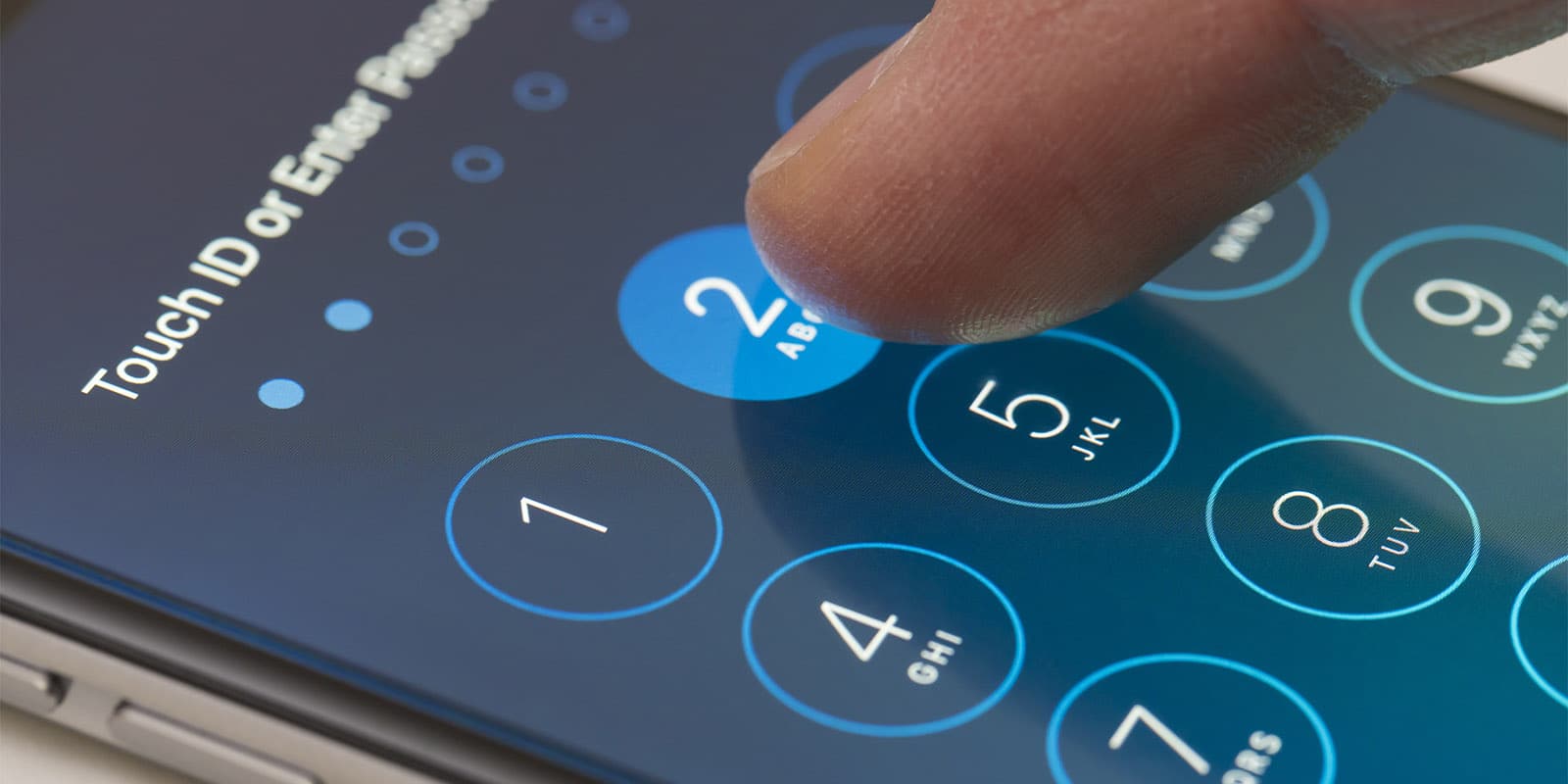Have you recently received a concerning message saying “This password has appeared in a data leak, putting this account at high risk of compromise. You should change your password immediately” while using your iOS 14 or higher iPhone and iPad? Fear not, as Apple has rolled out this feature across Macs, iPhones, and iPads to ensure cybersecurity.
If you are reading this, chances are that you’re curious about what it means and how to proceed. Read on for more information!
Apple’s Data Security Recommendations Feature: What is It?
Apple’s “Security Recommendations” give iOS users the upper hand in the battle against data leakage. By taking proactive measures and updating their passwords before any breach occurs, people can keep themselves safe from identity theft or fraud. With this feature, one is able to stay a step ahead of potential malicious actors and ensure that their confidential information remains secure at all times.
Organizations must adhere to cybersecurity regulations that necessitate them to inform customers on where and how their data is being stored, as well as communicate warnings or guidance in the event of a breach. This keeps clients informed and safe from any potential malicious intent.
Also Read – Is Cybersecurity Hard? What You Need to Succeed in this Field
What is a Data Leak?
Unfortunately, data leaks occur all too often, whereby confidential information is unintentionally revealed in an electronic or physical form. Such exposure can be catastrophic to those affected by it.
- With electronic data breaches, confidential information is all too often exposed on the web – think cloud leaks
- Losing physical devices, like hard drives, laptops or cell phones can result in a data breach
Cyberattacks are not the only way for criminals to gain access to confidential information. Frequently, data breaches occur due to weak security protocols or human negligence.
If any data is left unsecured, a potential breach looms over your organization. Cybercriminals will promptly take advantage of the exposed information and use it for a variety of nefarious purposes:
- As part of a larger cyber attack, data exfiltration can occur on an organization’s systems
- To perpetrate social engineering scams
- To perpetrate a ransomware attack
- To maliciously steal and sell confidential personal information on the dark web to commit fraud or identity theft

Why You Receive An Apple Data Leak Alert
Apple’s Security Recommendations offers the highest security of your data with its monitoring and alerting service. Constantly running in the background, this feature checks user passwords against recognized databases that are known to have been exposed through a leak or hack. If any of your saved accounts’ credentials match one of these databases, you will be quickly notified before anything malicious can occur.
When you next try to access any of your impacted accounts you’ll receive an alert, prompting you to either change your password or ignore the notification (which is strongly not recommended).
You can either choose to “Change password on website” or conveniently dismiss the warning for now. Although it is strongly suggested that you promptly change your password to guarantee heightened security measures and assurance.
With the integrated Security Recommendations feature, you can easily check and assess your saved passwords’ overall security at any moment.
Also Read – Apple Launches Brand New Data Security Protection for iCloud
How To Use Apple Security Recommendations
For easy access to Security Recommendations, simply follow these steps:
- Go to Settings > Passwords > Security Recommendations (To gain access, you’ll need to input your passcode)
- Toggle the Detect Compromised Passwords. Should you choose to opt out of this setting, however, your private data will be in danger of being exposed.
Your screen will display a variety of High Priority password security problems, accompanied by one of the following three alerts:
1. “This password has appeared in a data leak, which puts this account at high risk of compromise. You should change your password immediately.”
2. “You’re reusing this password on other websites which increases the risk to this account if one of those other accounts is compromised.”
3. “This password is easy to guess.”
Data Leak Protective Measures
- Cautiously Use Password Managers: Those seeking a convenient way to store their credentials without having to recall an exhausting array of passwords often opt for password managers.
- Keep Your Software Up To Date: With new cyber threats emerging every day, software developers rush to develop patches before criminals can exploit them.
- Change Your Password Regularly: To ensure the highest level of security, it is highly recommended that you change your password regularly on all applications and services.
- Delete Inactive Accounts: Unused accounts are an easy target for malicious hackers, as they usually possess stronger safeguards than the ones you use frequently.
- Set Up Two-Factor Authentication (2FA) or Multi-Factor Authentication (MFA): With stricter laws governing third-party data breaches, companies (especially those offering SaaS products and services) are now more committed to improving account security.
- Create Strong & Unique Passwords: Weak passwords render your accounts susceptible to brute force attacks, a widely used credential-guessing tactic utilized by hackers for gaining authorized access to confidential information.




